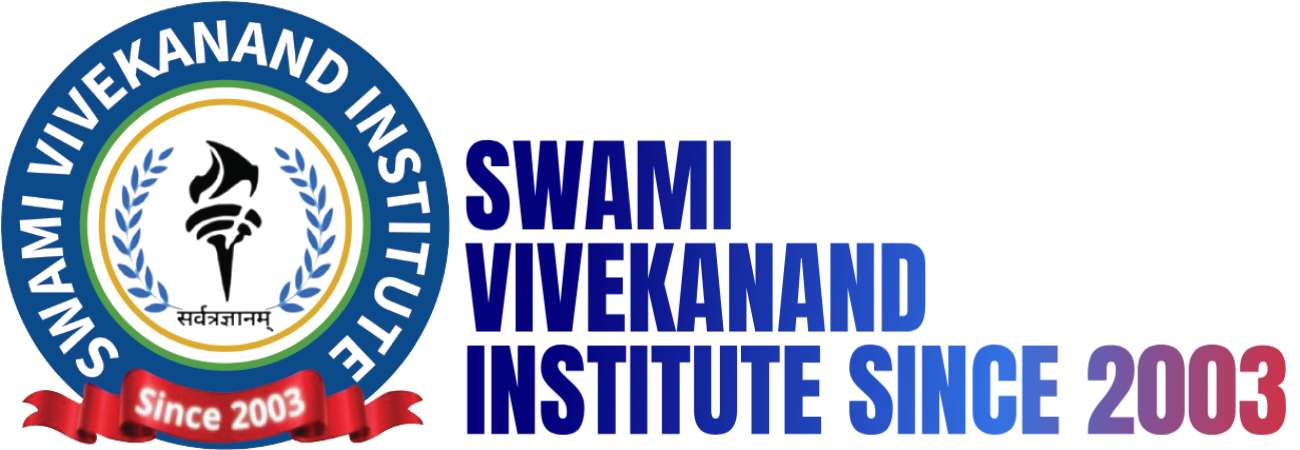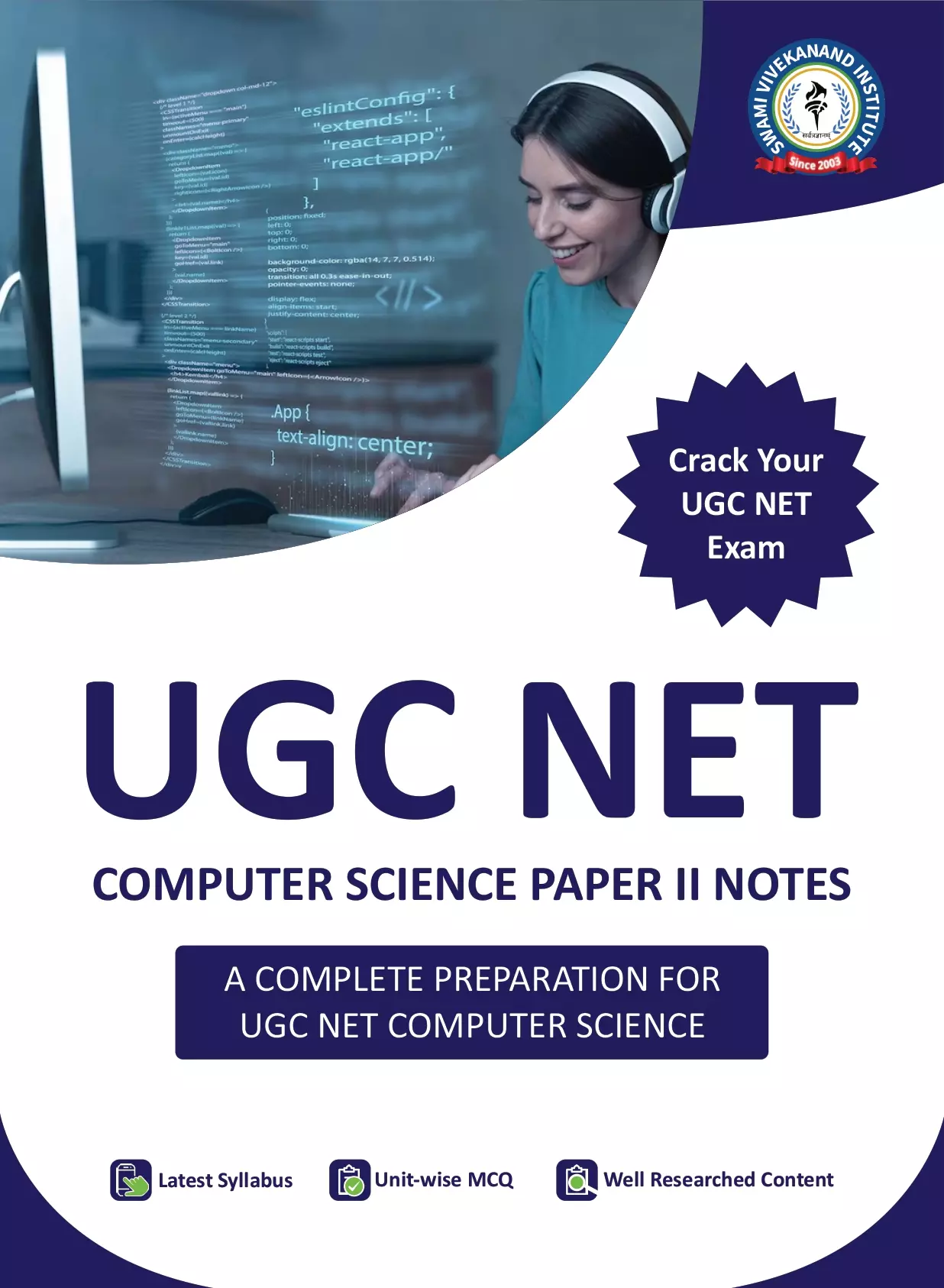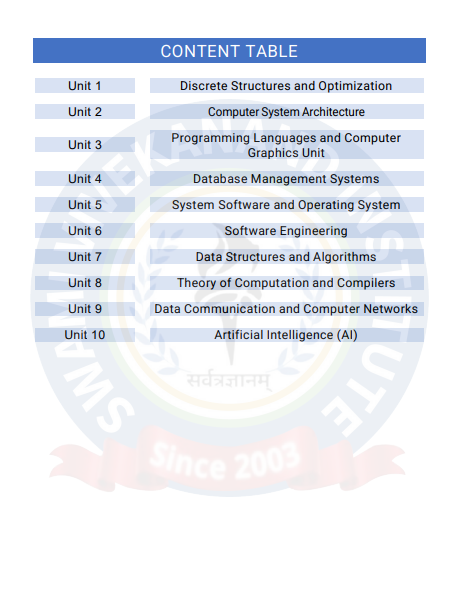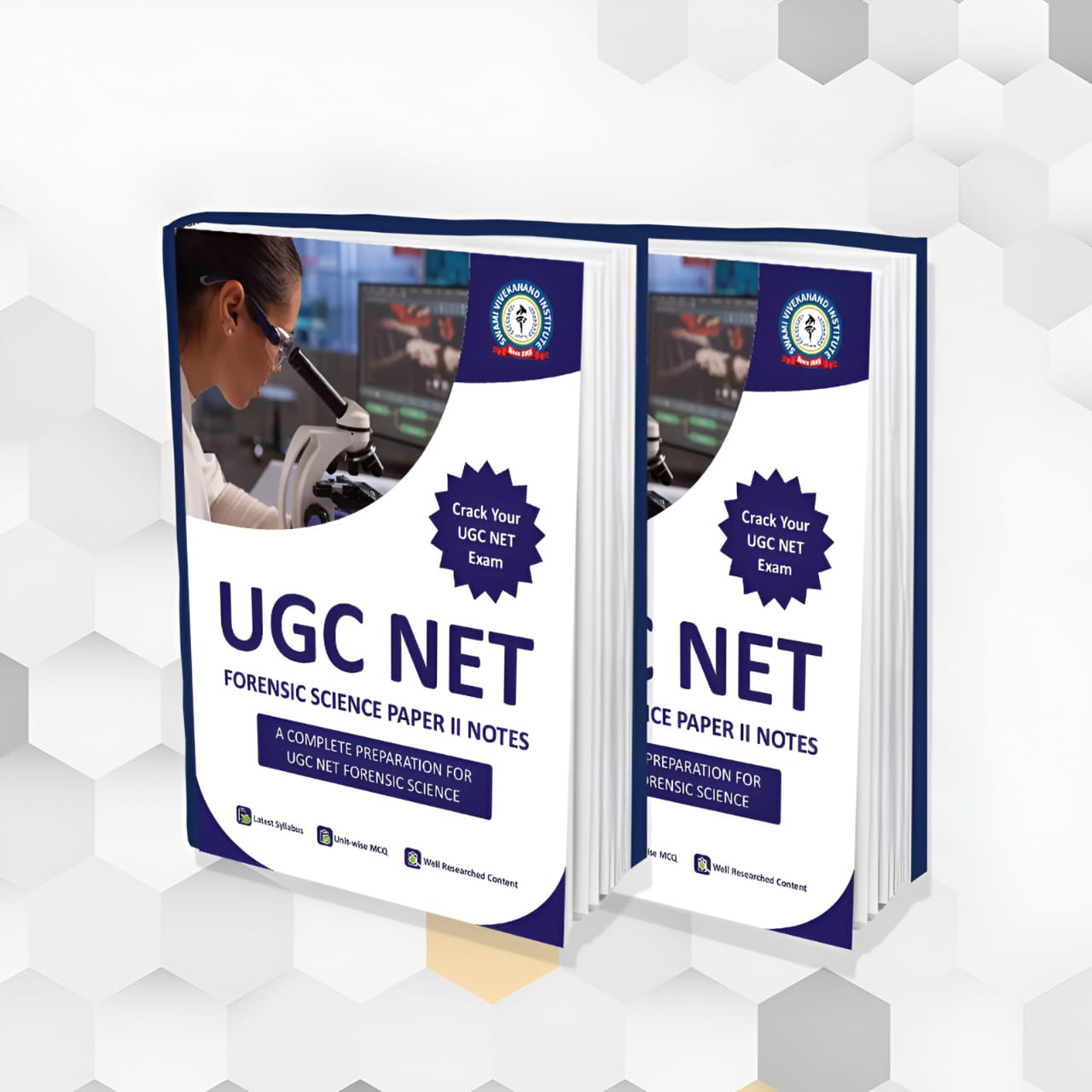Description
-
UGC NET COMPUTER SCIENCE PAPER 2 NOTES
The curriculum outlined in the content table covers a comprehensive range of fundamental topics in the field of computer science and information technology. With each unit designed to build upon the previous one, students will gain a deep understanding of core concepts and applications within the discipline.
-
Unit 1, Discrete Structures and Optimization
introduces students to the essential mathematical foundations of computer science. They will explore discrete structures, such as graphs, sets, and relations, along with various optimization techniques, enabling them to analyze and solve complex computational problems efficiently.
-
Unit 2, Computer System Architecture
learners delve into the inner workings of computer hardware. They will study the organization and design of computer systems, including the central processing unit (CPU), memory, and input/output devices. Understanding these hardware components is crucial for designing efficient and high-performance computer systems.
-
Unit 3, Programming Languages and Computer Graphics,
focuses on programming languages and their role in software development. Students will gain hands-on experience with various programming paradigms and explore how to create visually appealing computer graphics using modern tools and techniques.
-
Unit 4, Database Management Systems,
introduces the principles of organizing and managing data. Students will learn about database design, querying languages, and the efficient management of large datasets, critical skills for any modern software application.
-
Unit 5, System Software and Operating Systems
delves into the software that enables computer hardware to function properly. Topics covered include operating system design, process management, memory management, and file systems.
-
Unit 6, Software Engineering
emphasizes the systematic approach to software development. Students will learn about software development methodologies, requirements gathering, design principles, and testing strategies to create reliable and maintainable software.
-
Unit 7, Data Structures and Algorithms
students will study the fundamental building blocks for organizing and processing data efficiently. They will explore various data structures like arrays, linked lists, trees, and graphs, as well as algorithms for searching, sorting, and optimization.
-
Unit 8, Theory of Computation and Compilers
delves into the theoretical aspects of computation. Students will explore automata theory, formal languages, and the design and implementation of compilers, providing them with a strong theoretical foundation for advanced topics.
-
Unit 9, Data Communication and Computer Networks
covers the principles of data communication and network design. Students will learn about network protocols, transmission media, and the internet, essential knowledge in our interconnected world.
-
Unit 10, Indian economy
The Indian economy encompasses all economic activities within India, including production, distribution, and consumption of goods and services, as well as relevant policies and regulation
for distance courses requirement click here







nitin
thank you for providing us this book
roshan
best book for ugc notes at affordable price
dheeraj
this book is very useful for ugc net
anshika
this is a very helpful book and affordable rate thank you for providing